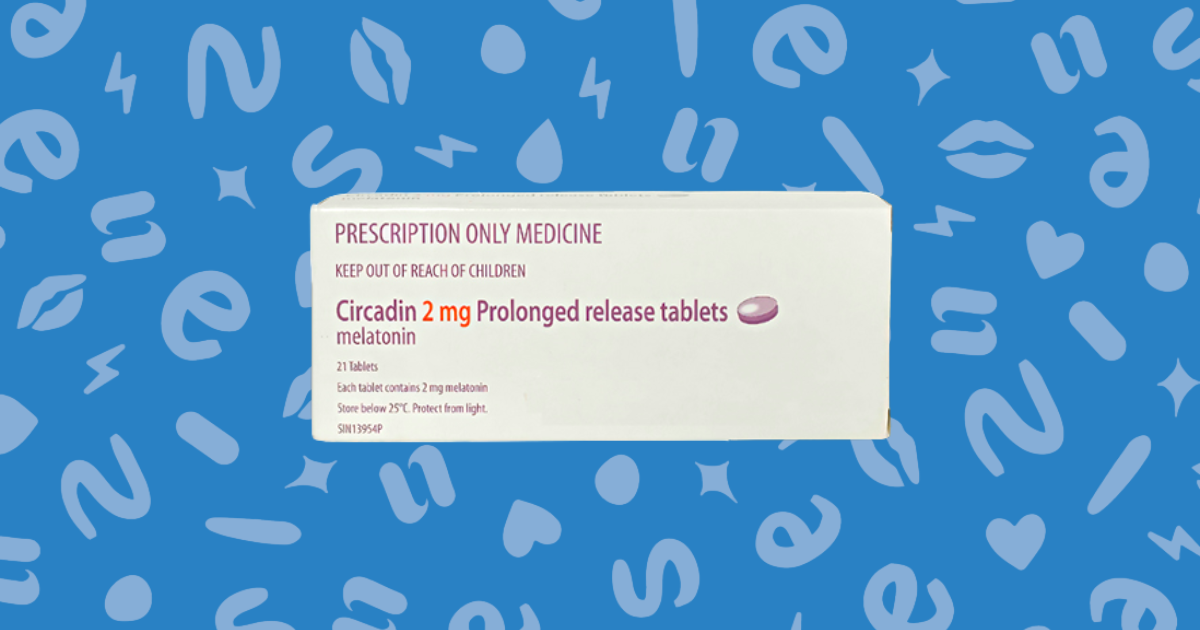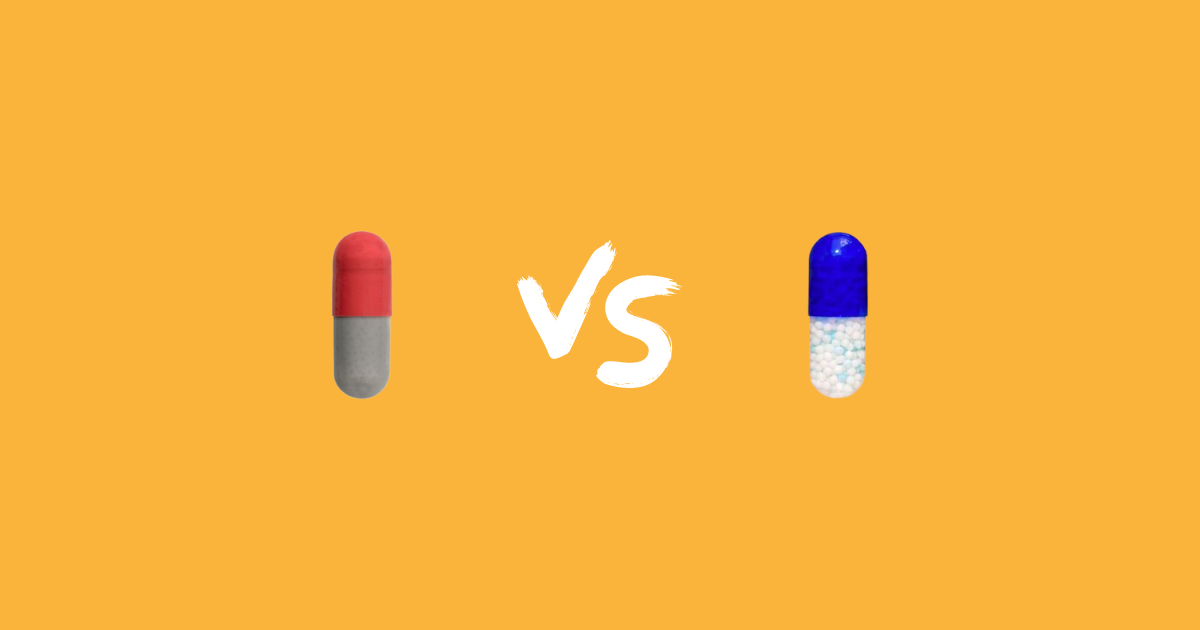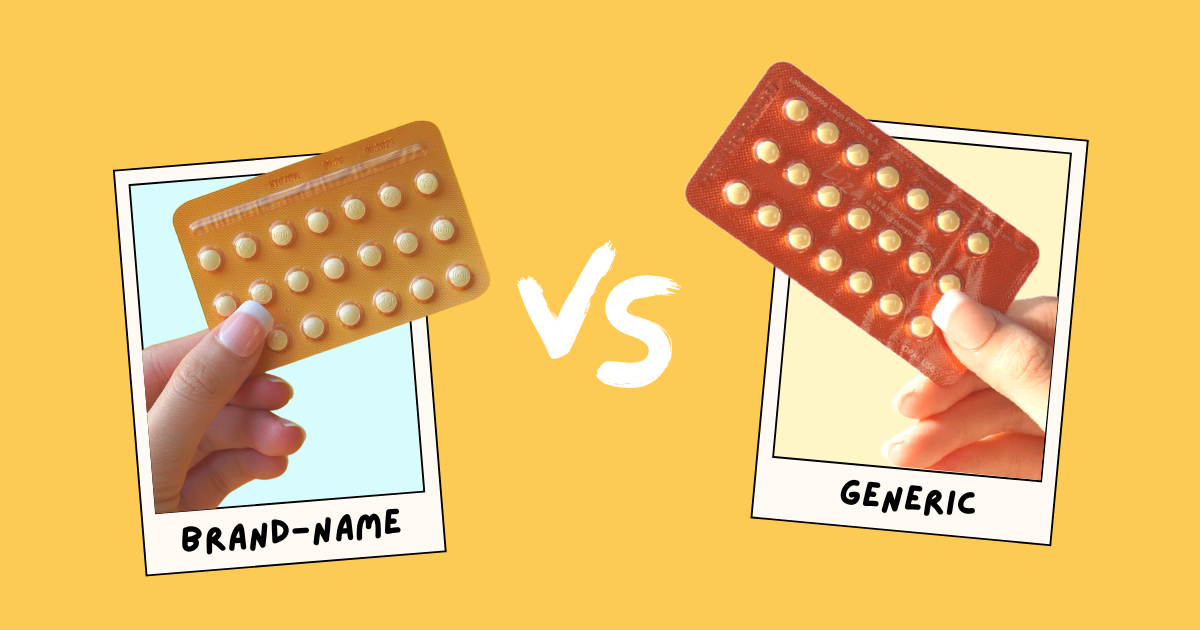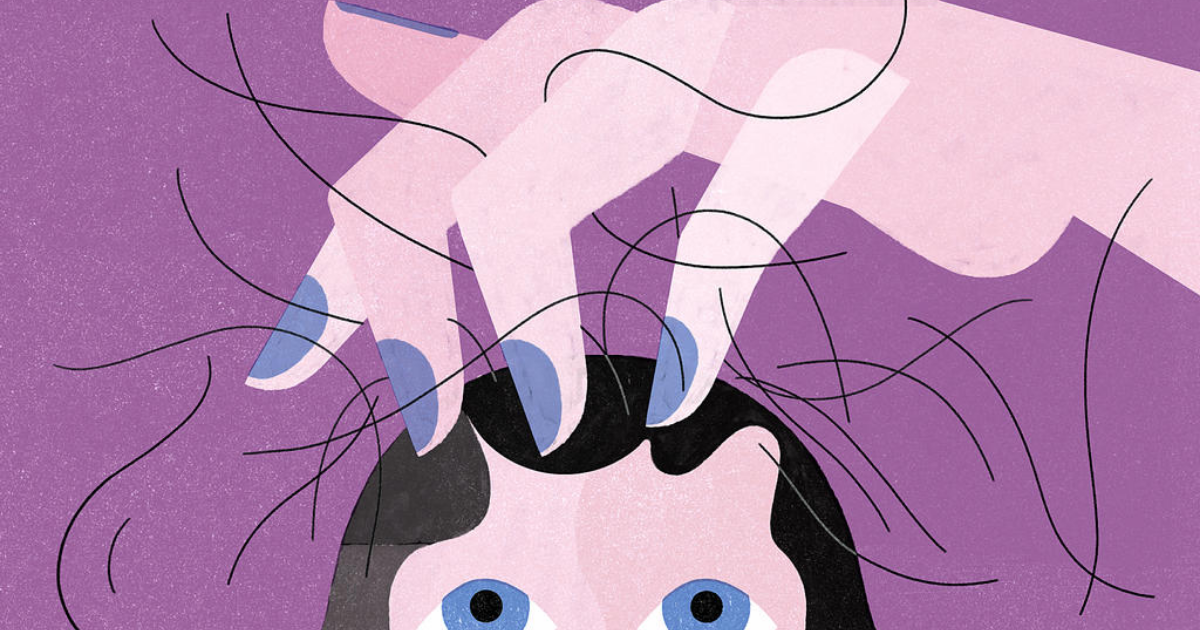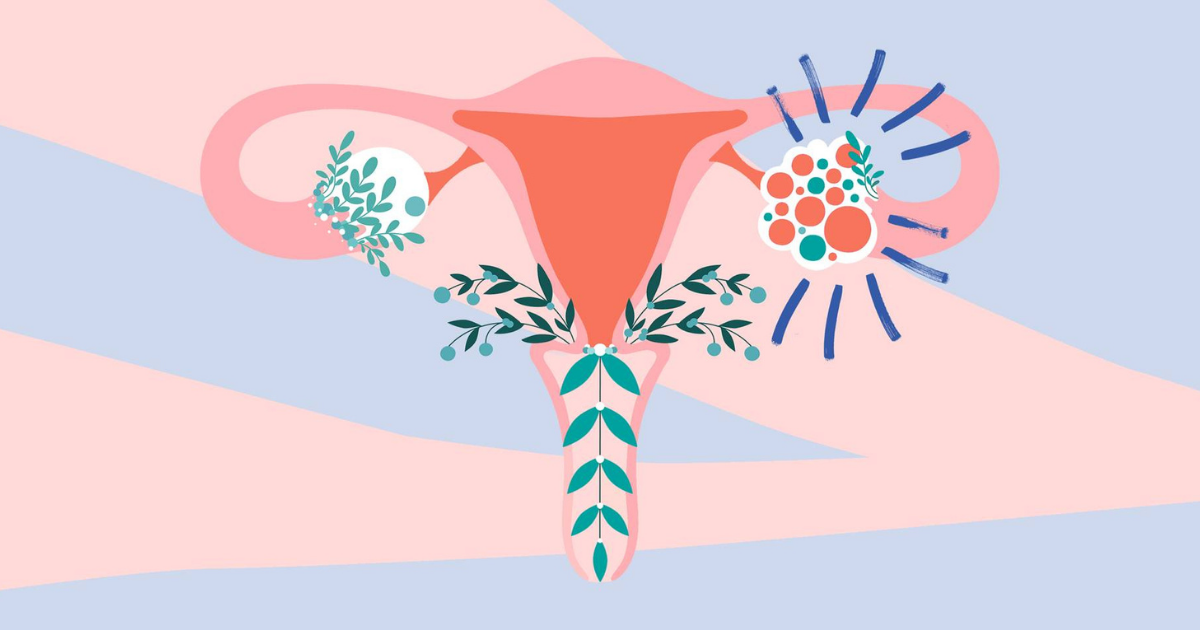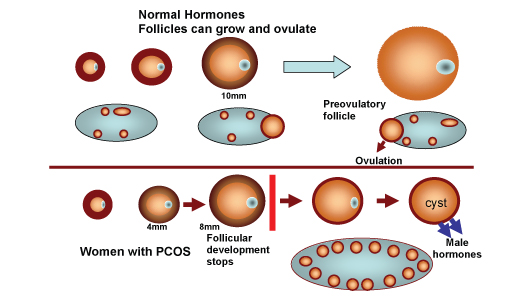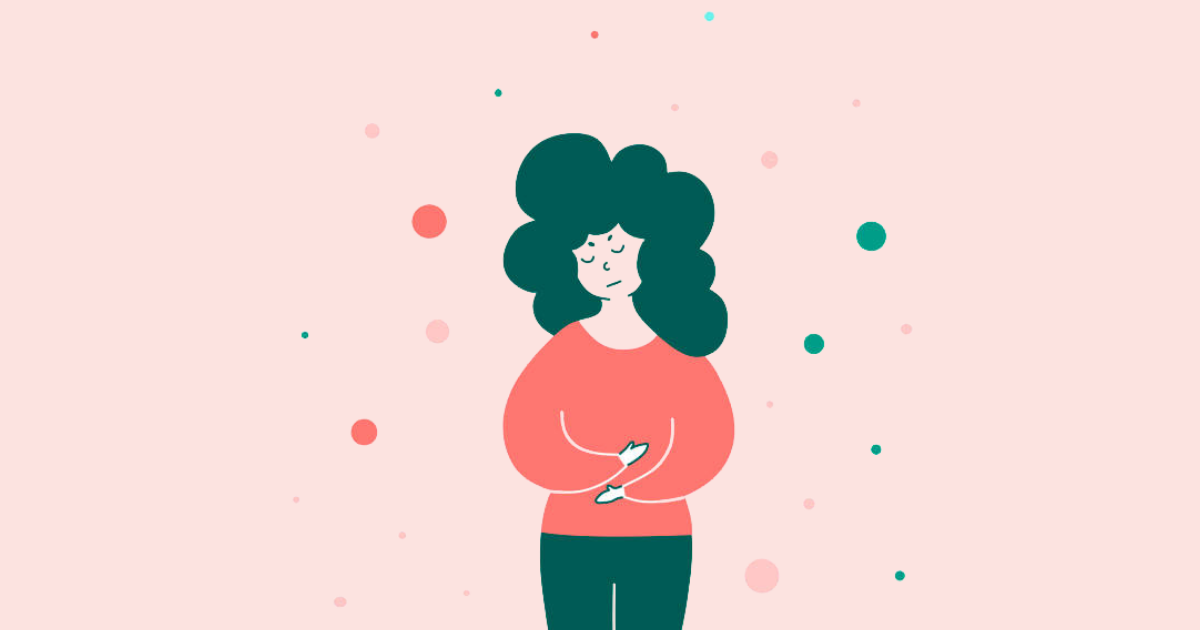If you are one of the millions worldwide suffering from insomnia, you’ve probably struggled to find a safe and effective method to get that restful sleep clocked in. Non-medical lifestyle changes don’t always work. Yet taking the plunge into prescription sleep medications (Sedative-Hypnotics) carries the risk of dependence.
Turning to supplements such as melatonin seems to be the next best option because supplements are all-natural, right? But is melatonin safe to take? And what does prescription-grade melatonin even mean?
Here’s all you need to know about Circadin® and melatonin:
- What is Circadin®?;
- How does melatonin work?;
- Circadin® (prescription-grade) vs. over-the-counter melatonin supplements;
- Circadin® vs. prescription sleeping pills;
- How to take Circadin®;
- Potential side effects; and
- Where to buy Circadin® in Singapore.
What Is Circadin®?
Circadin® is a prolonged-release formulation of the highest grade of pure melatonin. It has a unique secretion profile that mimics the body’s melatonin secretion pattern by releasing melatonin gradually over 8-10 hours from the time it is being swallowed.
Circadin® is the first in a new class of drugs: melatonin receptor agonists that have been approved for the treatment of primary insomnia in many countries globally.
It is clinically proven and can decrease the time to fall asleep, improve sleep quality and daytime functioning, and does not have rebound insomnia, dependence or withdrawal effects.
How Does Melatonin Work?
Melatonin is a naturally occurring hormone produced by our body. Also known as the darkness hormone, melatonin production increases soon after the onset of darkness. The day-night cycle influences the timing of our biological clock so that we produce very little melatonin in the day and high amounts at night.
Melatonin itself does not make you fall asleep. Instead, it signals the body that it is time to sleep, reducing your alertness and increasing your propensity for sleep. Increased exposure to light at night thus delays and reduces the production of melatonin. This is why experts suggest you avoid computers and smartphones before bedtime.
Circadin® (Prescription-Grade Melatonin) Vs. Over-The-Counter (OTC) Melatonin Supplements;
Circadin® is the only brand of melatonin that is approved and regulated by the Health Sciences Authority (HSA) as a therapeutic product. Like all other medications registered with the HSA, Circadin is subjected to the same detailed regulations, extensive checks and quality controls.
Over-the-counter (OTC) melatonin supplements do not require approval and are not evaluated by HSA before they can be sold locally. Previous research has found that melatonin content in these unregulated, commercially available melatonin supplements ranged from -83% to +478% of the advertised labelled content. Previous studies also found 26% of the melatonin supplements contained serotonin, a hormone that can have harmful effects even at relatively low levels.
Circadin® has also been studied in multiple clinical trials, showing statistically significant and clinically meaningful efficacy in the treatment of insomnia. Circadin® was clinically proven to improve sleep quality:
- Circadin® significantly shortened the time to onset of sleep by 9 minutes compared to placebo.
- Circadin® significantly improved both quality of sleep and morning alertness by 47% as compared to 27% in the placebo group.
Long term safety profile of Circadin® is also proven: No tolerance, rebound or withdrawal effects were reported post 3 weeks, 26 weeks and 12 months of Circadin® usage.
Moreover, Circadin® is specially formulated to release melatonin slowly throughout the night to keep you asleep (also known as a prolonged-release tablet). OTC melatonin is formulated as immediate-release tablets, and usually, only stays in the body for much shorter durations.
Circadin® Vs. Sleeping Pills
Most prescription sleeping pills fall into the category of Sedative-Hypnotics. Some examples include:
- Antidepressants – such as Fluoxetine (Prozac®) and Escitalopram (Lexapro®).
- Benzodiazepines – such as Alprazolam (Xanax®) and Lorazepam (Ativan®).
- Z-drugs – such as Zolpidem (Ambien®) and Zopiclone (Imovane®).
These sleeping pills carry the risk of tolerance and dependence (or, addiction), and are thus recommended only for short-term treatment (generally less than 2-4 weeks) at low doses.
Circadin®, however, has proven long-term safety data with no tolerance, rebound or withdrawal effects reported in clinical studies after 3 weeks, 26 weeks and 12 months of Circadin® usage.
How To Take Circadin® Melatonin Pills?
Circadin® contains 21 pills, each containing 2 mg of melatonin. You should take 1 pill after food as and when required, 1 to 2 hours before bedtime.
As the tablet is prolonged-release, it must be swallowed whole with water or other liquids; do not crush, chew or cut into half.
What Are The Potential Side Effects Of Circadin®?
Circadin® is generally well tolerated and it has been shown that side effects associated with Circadin® are mild. If you are taking Circadin® for the first time, you may experience some of the following side effects:
- Nausea or vomiting. Take Circadin® with or after food to reduce this.
- Light-headedness (especially during a sudden change in posture). Get up slowly from a sitting or lying down position.
- Feeling tired or drowsy. Avoid driving or engaging in activities requiring concentration.
Side effects vary widely among individuals and will improve with time. Speak to your doctor if they persist, get worse or are affecting your daily life.
How To Buy Circadin® In Singapore?
In Singapore, Circadin® is unavailable over the counter and can only be purchased if you have a valid prescription from a registered doctor. In other words, you will have to set aside time amidst your busy schedule to visit the doctor in person.
Siena is a digital health clinic that offers you easy and affordable access to Circadin®. Simply complete an online questionnaire, and speak with a doctor online from the comfort of your home. If prescribed, we deliver your medications to you at no additional charge.
References
- Adam, R., Kanakarajan, S., Onyeakazi, U., Columb, M., & Galley, H. (2020). Phase II double-blind randomised controlled trial of exogenous administration of melatonin in chronic pain (DREAM-CP): a study protocol. BMJ open, 10(3), e034443.
- Erland, L. A., & Saxena, P. K. (2017). Melatonin Natural Health Products and Supplements: Presence of Serotonin and Significant Variability of Melatonin Content. Journal of clinical sleep medicine : JCSM : official publication of the American Academy of Sleep Medicine, 13(2), 275–281.
- Lemoine, P., & Zisapel, N. (2012). Prolonged-release formulation of melatonin (Circadin) for the treatment of insomnia. Expert opinion on pharmacotherapy, 13(6), 895–905.
- Team, C. by M. I. M. S. O. (2022). Circadin. Circadin Dosage & Drug Information | MIMS Singapore. https://www.mims.com/singapore/drug/info/circadin
- U.S. Department of Health and Human Services. (2022). Melatonin: What you need to know. National Center for Complementary and Integrative Health. https://www.nccih.nih.gov/health/melatonin-what-you-need-to-know
